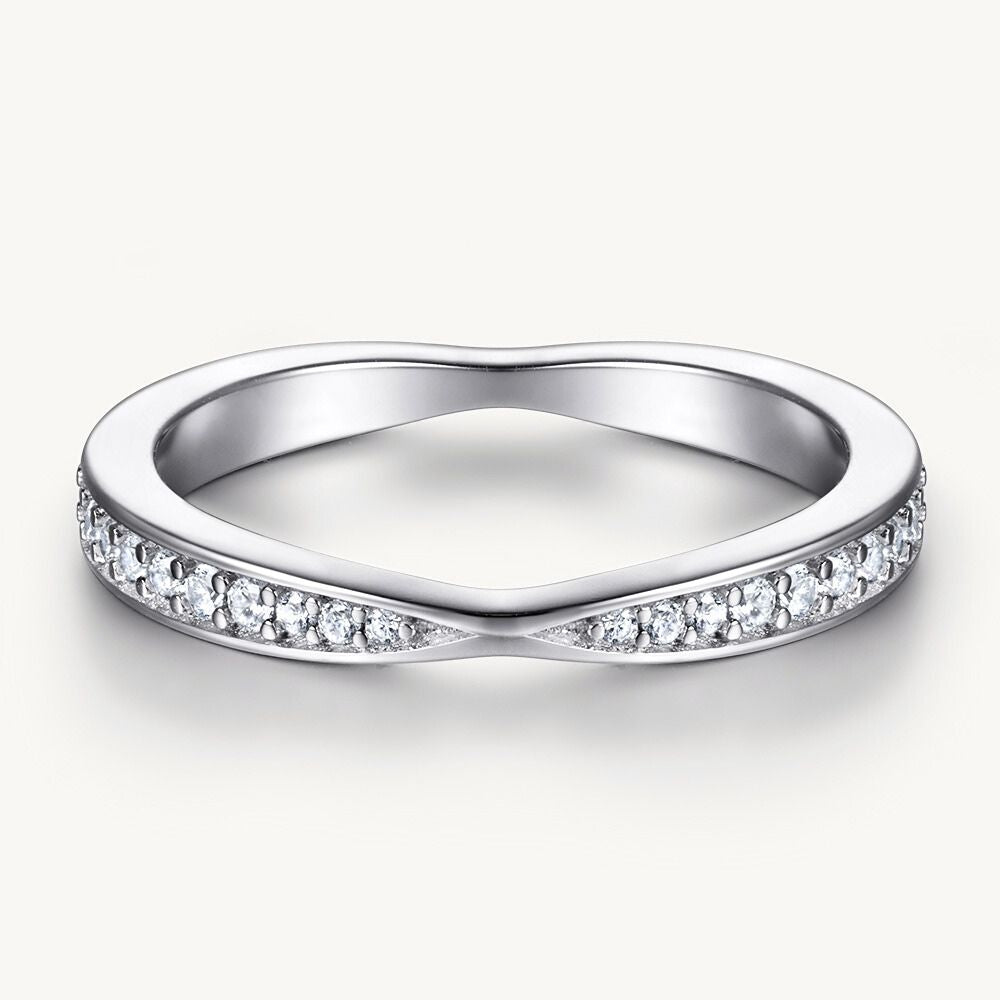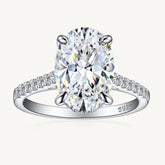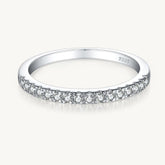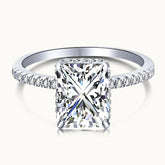Curved (Contour) vs Flush‑Fit Wedding Bands: How to Get a No‑Gap Look With Any Engagement Ring
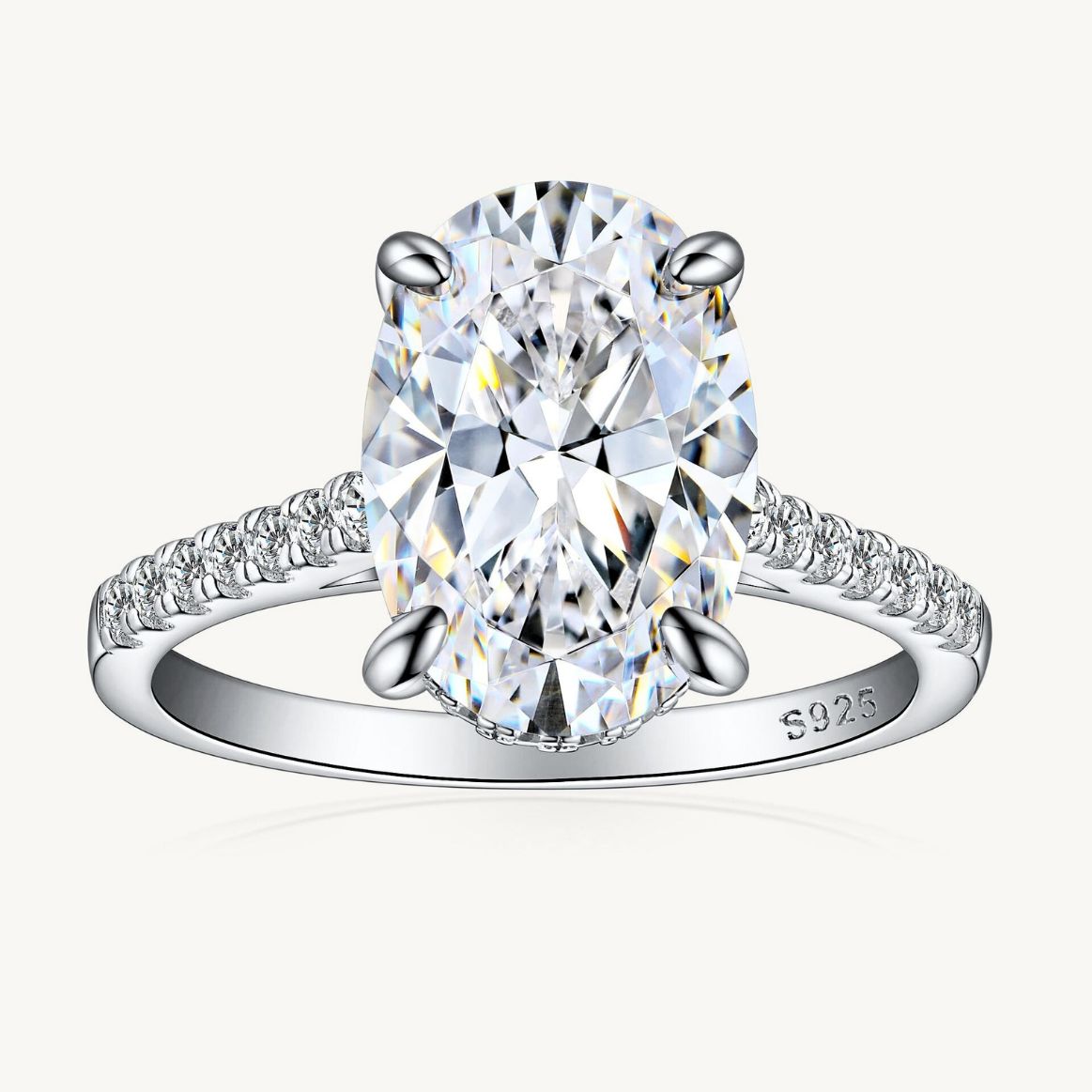
Curved (Contour) vs Flush‑Fit Wedding Bands: How to Get a No‑Gap Look With Any Engagement Ring
Hate the little gap between your engagement ring and wedding band? You’re not alone. This guide breaks down curved/contour bands, chevron bands, and flush‑fit settings so you can create a seamless, no‑gap stack—especially with travel‑friendly dupes that look luxe without the worry.
Curved/Contour vs Flush‑Fit: What’s the Difference?
Curved (also called contour or chevron) wedding bands are intentionally shaped to follow the silhouette of your engagement ring’s center stone or head. They’re perfect when your stone sits low or extends beyond the shank, leaving space for your band to nest neatly.
Flush‑fit engagement rings are built so the wedding band sits directly against the engagement ring with no gap—typically when the center stone sits high enough that the band clears the head/prongs. Result: two straight bands, no curve required.
Do You Need a Curved Band? Try This 15‑Second Fit Test
- Low‑set head, bezel, basket, cathedral, or prominent under‑gallery? You likely need a curved/contour band.
- High‑set head with clearance above the shank? You can usually go flush‑fit with a straight band.
- Still want a deliberate space? Choose an open‑gap band or add a ring spacer band for a layered, airy look.
Shape‑by‑Shape Pairing Cheat Sheet
Oval & Elongated Cushion
These silhouettes love a gentle V‑curve that cradles the stone. Try a delicate chevron or soft contour at 2.0–2.5 mm width for balance.
Pear & Marquise
Directional shapes pair beautifully with a pronounced contour that protects the tip while hugging the profile.
Round
Works with both flush‑fit straight bands or subtle curves if the head sits low. Keep width at 1.8–2.0 mm for a delicate, classic stack.
Emerald & Princess
Clean geometry calls for either a true flush‑fit straight band or a shallow dip that mirrors the stone’s table height.
Solutions for Low‑Set Rings (No‑Gap Tricks)
- Curved/Contour Band: Made to nest around the head—your best bet for low‑set stones.
- Open‑Gap Band: Embrace the negative space with a purposeful gap.
- Ring Spacer Band: A thin straight band creates breathing room, then stack your “main” band below it.
- Enhancer/Guard: A two‑sided frame that surrounds the engagement ring—dramatic, but bulkier. We prefer a single, graceful contour for everyday wear.
Gemiros Styling Playbook (Real Stacks You Can Buy)

The Infinity Ring
Our gently contoured, pavé‑set band that creates a graceful, curved wedding band look—perfect to nest around an oval or pear center.
Shop Infinity →
The Forever Ring
A classic 2.0 mm half‑eternity for a slimmer profile. Ideal for flush‑fit stacks when your engagement ring sits high enough for clearance.
Shop Forever →
The Eternity Ring
Endless sparkle in a slim 2.0 mm full eternity—wear as a stand‑alone, stack with a spacer, or flank both sides for symmetry.
Shop Eternity →
The Everlasting Ring
Bold 3 mm stones for a high‑impact second band. Beautiful as an intentional open‑gap pairing with a low‑set solitaire.
Shop Everlasting →Stack Idea #2 (Minimal Flush): High‑set solitaire + Forever (half eternity) for straight‑to‑straight symmetry.
Stack Idea #3 (Statement Split): Low‑set solitaire + Eternity as spacer + Everlasting below for a styled open‑gap look.
How to Choose Width, Metal & Sparkle
- Width: Most hands look balanced around 1.8–2.5 mm. Go 2.0 mm for everyday minimal, 2.5–3.0 mm for presence or to offset a larger center stone.
- Metal: Match finishes for cohesion (platinum with platinum; gold with gold). Mixing metals? Repeat the accent color elsewhere (earrings/necklace) for intent.
- Sparkle: Pavé adds texture; a clean polished band keeps it modern. Eternity = max brilliance; half‑eternity = comfort & resizing flexibility.
Will a Curved Band Work With My Setting?
Yes—curved/contour bands are designed to hug low‑set heads and fancy shapes. If your ring still won’t sit as close as you’d like, pair a thin spacer (1.5–1.8 mm) above the curved band to reduce wear on prongs while creating your desired look.
Real‑Life Example: The Ophelia + Curved Band

The Ophelia Ring features a show‑stopping 4.5‑carat oval center with a slim pavé shank—stunning as a travel‑friendly stand‑in. Nest it with Infinity for a gentle V‑curve that hugs the stone, then add Forever or Eternity for symmetry.
Buyer’s Checklist Before You Add to Cart
- Measure your head height (does a straight band clear it?). If not, choose a curved/contour style.
- Decide your stack story: seamless nest (curved), minimalist flush (straight), or styled space (open‑gap).
- Pick a width that balances your center stone (most love 2.0–2.5 mm).
- Match your finish (platinum/gold/rose) or purposefully mix and repeat tones.
- Think longevity: full eternity = max sparkle; half eternity = easier future resizing.
References: Gemiros product pages used for images/links.
